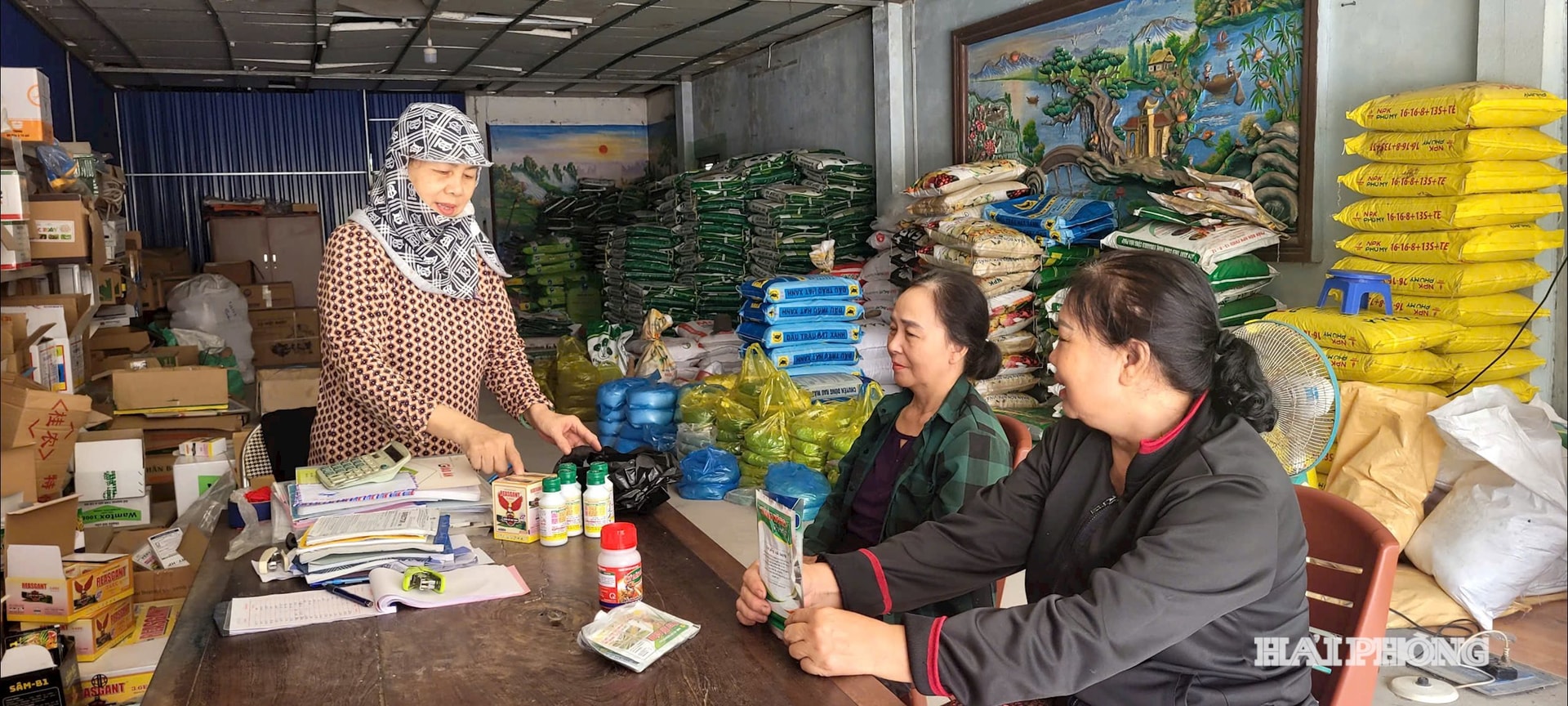
Many difficulties and challenges
Dang Cuong Agricultural Services and Electricity Cooperative (An Duong Ward) currently provides many public services such as agricultural materials, production water regulation, and waste collection for more than 2,200 households. However, according to Chairman of the Board of Directors and Director of the Cooperative Nguyen Phu Hung, the current workforce is quite old, with an average age of 65 years old. The work is hard but the income is only about 4 - 4.5 million VND/month. Meanwhile, the strong development of private enterprises makes it increasingly difficult to attract young workers to the cooperative. Currently, the cooperative has to rely heavily on personal resources. The unit recommends that the city and sectors continue to have support mechanisms for the cooperative to promote its role and promote the local socio-economic development .
Not only in agriculture, traditional craft villages are also facing the risk of extinction due to a shortage of human resources. At Dong Minh Handicraft Cooperative (Vinh Hai commune), there are only a few households maintaining the sedge mat weaving profession. Ms. Pham Thi Dam, who has been involved in the profession for more than 40 years, said: although the consumption market is difficult and income has decreased, she and the elderly workers in the locality are still determined to keep the profession. Although traditional sedge mats are being competed by industrial products, thanks to the advantages of being "clean" and safe, they still have a stable group of customers. To preserve the profession, the City Cooperative Union has opened many training classes in the form of "hand-holding" to be able to teach techniques to the younger generation. However, the biggest wish of the households doing the profession is to have more annual training classes, combined with developing experiential tourism to create jobs, maintain human resources and preserve the identity of the craft village...
In recent years, cooperatives have made positive progress in quantity and quality. After the merger, the number of cooperatives has increased, the eastern region has 383 cooperatives in operation with more than 66,500 members and workers. In the western region of Hai Phong, by November 2024, there are 545 cooperatives and 1 cooperative union with nearly 200,000 members, including 7,500 regular workers. Cooperatives and cooperative union members attract and create jobs for tens of thousands of workers in the fields of agriculture, industry, handicrafts, trade and services, construction, transportation, etc.
However, the quality of human resources is still limited in terms of expertise and technique. Only about 15-20% of cooperative leaders have received formal training in management or economics; most of them have grown up from practice, have production experience but lack management knowledge, skills in building strategies, applying technology and expanding markets. The majority of direct workers are old, while young workers are not interested in sticking with the company due to limited income and development opportunities.
Change your mindset, improve your skills
To solve the human resource problem, it is necessary to change the way of thinking about cooperative management. Currently, some new-style cooperatives actively recruit qualified workers, cooperate with businesses, apply scientific and technological advances, increase income, and improve working conditions.
At Tan Phuong Electricity Service Cooperative (An Lao commune), according to Chairman of the Board of Directors Ngo Doan Phan, the cooperative boldly applied digital technology to management, replacing 100% of electronic meters, reducing power loss. Cooperative staff were trained in information technology skills, managing books via camera, and using a remote measuring system. This approach helps improve human resource capacity, ensuring the provision of safe and quality electricity services.
Director of the Center for Training and Development of Cooperatives and Enterprises (City Cooperatives Union) Pham Sy Hiep said that, implementing Plan 198 on training human resources for craft villages in the period of 2023 - 2025, the center surveyed the needs and has currently deployed training for 2/3 of the program. The biggest difficulty is that the labor force is increasingly scarce, and skilled artisans are old. The center aims to provide training suitable for each locality, both encouraging the young generation to take up the profession and supporting older workers to update new technology. However, the method is still manual and lacks uniformity. In the period of 2025 - 2030, the center will develop a long-term plan, clearly classify each subject, focus on restoring fading craft villages and improving skills in well-developed places, and coordinate with artisans to compile appropriate curriculum.
In addition to the above solutions, the city needs to focus on vocational training that meets practical needs, build a human resource development fund and have a mechanism to encourage young workers to participate in cooperatives, especially in the fields of high-tech agriculture, e-commerce, and logistics. At the same time, strengthen the connection between cooperatives and businesses, universities, and vocational training facilities to improve competitiveness, contributing to the sustainable development of Hai Phong's collective economy in the integration process.
VAN NGASource: https://baohaiphong.vn/nang-chat-luong-nhan-luc-mo-loi-hoi-nhap-cho-hop-tac-xa-522944.html


![[Photo] Prime Minister Pham Minh Chinh chairs the Conference to deploy the National Target Program on Drug Prevention and Control until 2030](https://vphoto.vietnam.vn/thumb/1200x675/vietnam/resource/IMAGE/2025/10/09/1759990393779_dsc-0495-jpg.webp)

![[Photo] Prime Minister Pham Minh Chinh chairs a meeting of the Government Standing Committee on overcoming the consequences of natural disasters after storm No. 11](https://vphoto.vietnam.vn/thumb/1200x675/vietnam/resource/IMAGE/2025/10/09/1759997894015_dsc-0591-jpg.webp)





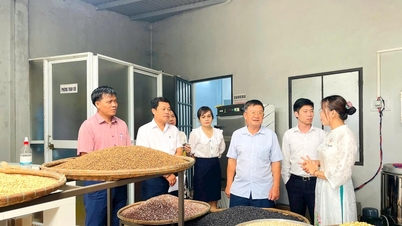












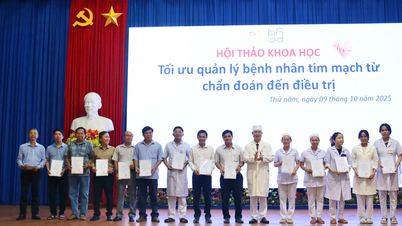


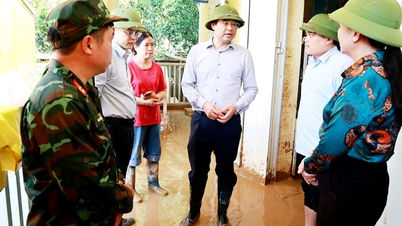

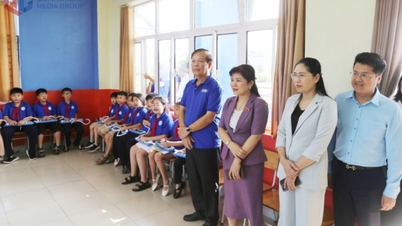







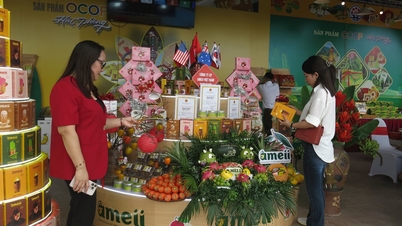

















































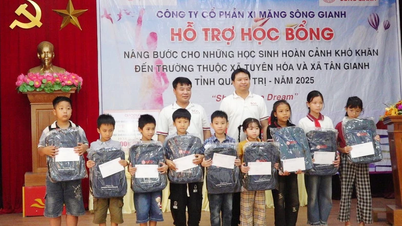





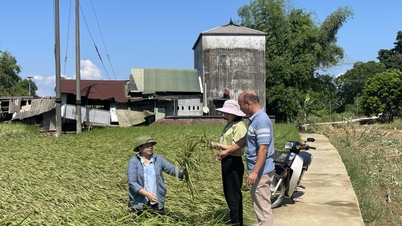















Comment (0)